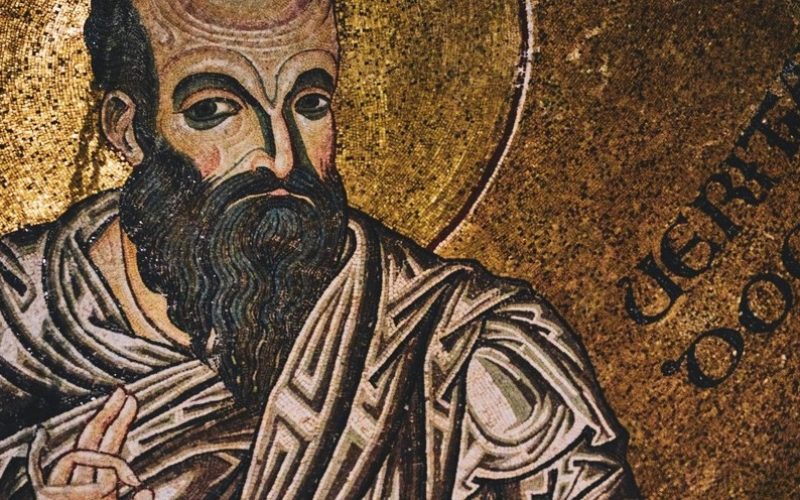Saint Paul, also named Saul of Tarsus, but commonly known as Paul the Apostle or Saint Paul, was a Christian apostle who lived from about 5 to 65. He was a contemporary of Jesus, though he did not know him. Saint Paul spread the word of the gospel around the world and did more than anyone to make the Catholic Church a worldwide entity. He also founded many Christian communities in Asia Minor and Europe from the mid-40s to the mid-50s AD. Interestingly, he was a convert to Catholicism. Saint Paul was imprisoned and tortured several times. Do you use Saint Paul as an example?
Saint Paul Biography

According to the Acts of the Apostles, he was a Roman citizen. He was born in 5, though it is not known where he was born. He was born to a devoutly Jewish family and was probably named after Saul, the first King of Israel. Yet, the pious family upbringing did not positively affect Saint Paul, who was a tax collector and a persecutor of Jews before his conversion. Paul’s initial persecution of Christians was probably against these Greek-speaking “Hellenists” due to their anti-Temple attitude.
Saint Paul’s conversion to Christianity can be dated to between 31–36 AD by his reference to it in one of his letters. In Galatians 1:16, Saint Paul writes that God “was pleased to reveal his son to me.” In 1 Corinthians 15:8, as he lists the order in which Jesus appeared to his disciples after his resurrection, Paul writes, “last of all, as to one untimely born, He appeared to me also.”[81]
According to the account in the Acts of the Apostles, it took place on the road to Damascus, where he had a vision of the ascended Jesus. The account says that “He fell to the ground and heard a voice saying to him, ‘Saul, Saul, why do you persecute me?’ He asked, ‘Who are you, Lord?’ The reply came, ‘I am Jesus, whom you are persecuting’. Saint Paul was blinded for three days and was led to Damascus by hand. He fasted completely those three days, and once Ananias laid his hands on him, his sight was restored and his conversion was complete.
After the conversion of Saint Paul traveled around and attempted to grow the Christian flock. He undertook three separate journeys. The first was to Antioch. He also went to Jerusalem on that journey and also to Cyprus, and Perga in Pamphylia. In his second journey around the Mediterranean Sea with his companion Barnabas. They also visited Tarsus (Paul’s birthplace), Derbe, and Lystra. On the third journey by traveling around Galatia, Phrygia, Ephesus, and Corinth.
Based on the letters attributed to Paul, he was imprisoned and tortured by Nero in ‘the twenty-fifth year after the Lord’s passion,’ that is, the second year of Nero. Saint Paul was sent bound to Rome, remaining for two years. In the fourteenth year of Nero, on the same day as Peter, Saint Paul was beheaded at Rome and was buried in the Ostian Way, 37 years after Jesus was crucified.
Conclusion
Much of the New Testament of the Bible is dedicated to Saint Paul’s Letters to various communities. Matthew. Mark, Luke, and John wrote the four Gospels, but there is little doubt that Saint Paul did more than anyone to spread the word of God. His various journeys around the Mediterranean region were distinctly meant to nurture nascent Christian communities there. He also wrote many letters to those communities, often to resolve disputes, and those letters form an important backbone to the Mass. Every time you come across someone named Paul, there is a good bet they are named after him.








